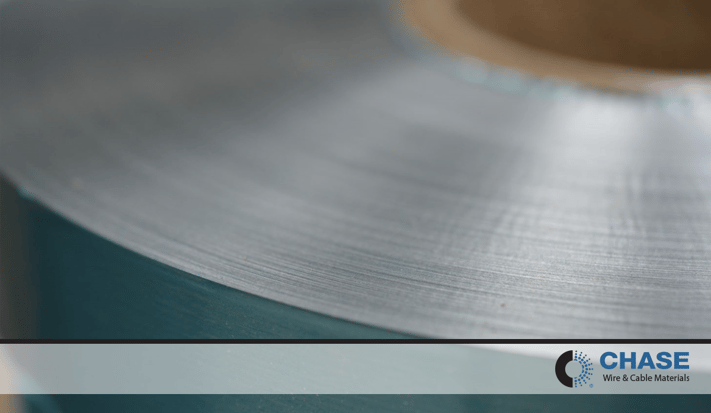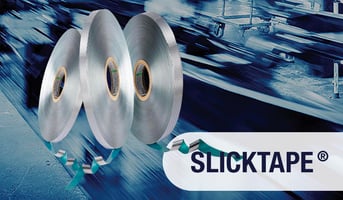Here at Chase, we offer many tape options. Whether your cable design requires a film used for...
Are Chase Corp Laminates UL® Approved?
 This is a question that comes up now and then from our customers. Many times it’s because a customer is trying to meet a UL specification for a cable design, and the customer assumes that if the component materials that they put into the cable are UL approved, then the finished product will meet UL requirements.
This is a question that comes up now and then from our customers. Many times it’s because a customer is trying to meet a UL specification for a cable design, and the customer assumes that if the component materials that they put into the cable are UL approved, then the finished product will meet UL requirements.
Our response to customers’ assumptions is that Chase Corp does not design cables. We supply component materials that manufacturers use to design and build cables for intended applications.
Chase warrants its material for its intended use in cable, but this does not certify that the cable will ultimately merit UL approval. In fact, it is the finished cable that must meet the UL test, whether that be a burn test, attenuation, bending, long-term aging, etc. Chase has no control over how component parts are used once they are in the hands of customers’ engineering departments, nor does Chase have a hand in the choice of the materials that a manufacturer may choose nor the manufacturing techniques or machinery employed in the construction of the finished cable.
In some cases, a tape we supply to one customer may in fact result in a finished cable meeting UL specifications, while that same tape used by another customer, for the same cable design/application, may result in a cable failing to meet UL certification. In cases like this, it probably points to the fact that the second customer’s manufacturing process is impacting the finished cable test results.
If a manufacturer is using a tape as an overall shield on the cable core, or on pairs of individual conductors, the producer may need a different overlap of the tape -- a fold in the tape to reduce EMI / RFI ingress or egress, etc. In a word, the application of the tape can impact the results. Another factor that may influence cable performance is whether the manufacturer tube extrudes or compression extrudes the jacket materials. If the jacket materials are “loose” (i.e., tube extruded), this may impact the finished cable performance.
Processes that may affect finished cable are not limited to the examples above, but they likely cover the majority of reasons for failing to meet UL specs. Other manufacturing conditions that can adversely influence cable are the age and maintenance of the equipment used to produce the finished cable. Even a compression extrusion on a fairly new and well-maintained extruder will have issues if the extrusion head is worn, for example.
To summarize, Chase’s component materials, such as laminated tapes, meet all industry standards and are of the highest quality. Nonetheless, meeting UL specifications is the ultimate responsibility of customers and is based on how they manufacture and submit finished cable constructions to UL for testing.
We would however note that when customers need specific written documentation of Chase’s compliance in regard to products such as RoHS, REACH, and conflict minerals, Chase will provide that confirmation.
Contact us if you have additional questions.




